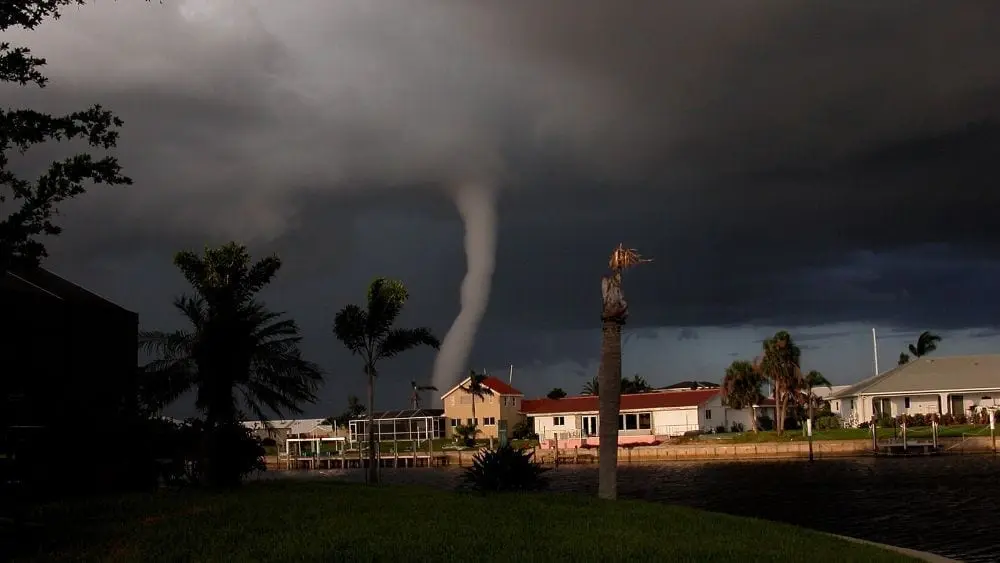
If you live in tornado alley, an area in the central U.S. where tornadoes more frequent, you may want to consider installing a safe room into your new home.
According to the Federal Emergency Management Agency (FEMA), a safe room is a hardened structure that is specifically designed to provide protection in extreme weather events, including tornadoes. FEMA has specific guidelines that these safe rooms are recommended to follow in order to be considered a tornado shelter. These guidelines include being able to sustain wind gusts up to 250 mph and pass a debris impact test missile hit of 15 pounds at a speed of 100 mph.
These rules save lives, which FEMA insists is an important reason why those living in tornado-prone areas should consider some type of tornado shelter in their home.
Underground Storm Shelters
This is the most common type of shelter and can hold many people, depending on size. Most underground shelters are installed into the ground within a few hours, and are made of a steel, fiberglass, or concrete. The Texas Storm Shelter Guy out of Sherman, TX. builds this type of underground storm shelter with a gelcoat interior, a fully weather sealed door that has been successfully impact tested, a six-point lock system, and non-skid steps for you to safely step down into the shelter. Their smallest model costs $3,650, while their largest, 20-person occupancy model is almost $7,000.
Above Ground Storm Shelter
Another common type of safe room is the above ground storm shelter. These shelters essentially do the same thing as an underground shelter, protecting you from wind and debris. Atlas Safe Rooms makes these above ground shelters, accommodating from three to 14 people. The Appolo Safe Room, which holds up to three people, is 4’5” wide and 2’5” deep with a 6’5” height. This particular storm shelter has multiple emergency exits, in case the door is blocked by storm debris. After installation, two wrenches are left inside the storm shelter so you can remove the bolts on any of the panels for an emergency exit. These shelters can also be installed anywhere a solid concrete slab is present, including inside a closet or in your garage.
Underground Garage Units
If you want an underground shelter, but do not want to risk going outside during a storm, an underground garage storm shelter is an option for you. TornadoSafe Certified Shelters out of Oklahoma City, OK. sells these underground garage shelters. Like an outdoor underground shelter, these have a door opening from the ground, and steps leading you down into the shelter. This shelter exceeds FEMA 321 and 360 requirements that includes impact testing, design pressure testing and uniform lead structural pressure testing. The smallest size underground garage shelter measured 3’ by 7’ by 4.6’ and can hold up to seven people.
Bed Shelters
ACE Storm Shelters offers bed shelters that meet FEMA requirements and cost half the price of a traditional storm shelter. With your safe room conveniently under your bed, you’ll have easy access to your shelter no matter what time of the day it is, and allows you to get inside your shelter early, before the storm hits. If you wait too long, it becomes dangerous to run to your shelter, especially if your shelter is outdoors. ACE Storm Shelters offers queen and king bed-size shelters.
How Do I Afford Storm Shelters?
The price tag is daunting, but the safety of you and your family is priceless. Search for your states Emergency Management Department website for available rebate programs. FEMA has a list of departments by state here.
 Top 6 Neighborhoods to Build a Home in Houston
Top 6 Neighborhoods to Build a Home in Houston